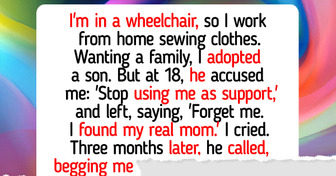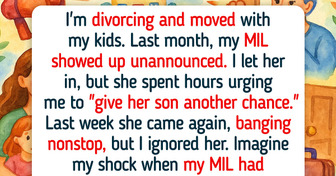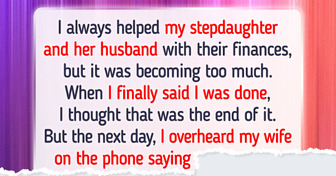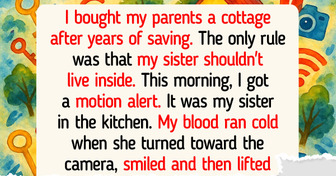14 People Who Walked Straight Into Awkward Moments


If we were to ask our grandmothers what it was like to be pregnant a long time ago, we would surely be surprised with the answers. Today, thanks to advances and changes in society, we have access to more information, and many things that are common in pregnancy were unimaginable decades ago.
At Bright Side, we want to share some situations and beliefs about pregnancy that were common in past decades, as well as tell you how they differ from what happens today.
Back when I Love Lucy was broadcast, comedian Lucille Ball was asked to hide her pregnancy. At the time, a pregnant woman appearing on a family show was unimaginable. In fact, the word “pregnancy” was forbidden on television.
Still, the producers decided to take a leap of faith after a while and Lucy became the first woman to show off her mommy bump on the small screen. Nowadays, a celebrity making their pregnancies public on social media or on television is commonplace and very well received by the public.
In the past, it was said that if the mother-to-be’s belly was facing upward, she would have a girl, and if it was facing downward, it would be a boy. However, this is a myth. In reality, both the height and shape of the belly depend on each person’s body and the position of the baby.
A popular medical opinion during the early decades of the twentieth century was that pregnant women should avoid fatigue and overexertion and, therefore, were told not to exercise. Many of these guidelines reinforced the idea that pregnant women were frail.
It wasn’t until the 1970s that moderate exercise began to be seen as safe, as long as the woman was healthy. Today, we can see many expectant mothers participating in activities such as yoga, pilates, or swimming.
While photographs portraying this beautiful moment are commonplace today and are a memory every mother wants to treasure, in the 1950s, they were a very unusual concept. It wasn’t until 1953 that photojournalist Helen Brush Jenkins portrayed her infant son moments after birth. Gradually, this new type of photography was integrated into the birthing process and is very much appreciated today.
Decades ago, mothers-to-be were ideally expected to stay at home and take care of the household. Because of this, many women were thrown out of their jobs. A teacher even said that being pregnant was considered a “bad role model” for students during the 1970s.
Today, however, if a woman chooses to work during her pregnancy, she is applauded, and in some countries, she is eligible for maternity leave.
In the past, women were encouraged to hide any signs of pregnancy. One of the common outfits in the 1940s and 1950s was a loose-fitting shirt, which helped to hide such a condition for a longer time. Today, however, women are not afraid to show their natural pregnancy belly.
In the decades preceding 1970, the father did not have much involvement during the time of birth. According to Dr. Laura King, many thought the delivery room was no place for a man. But gradually, the idea of the male accompanying his partner during the event was implemented.
Today, fathers can attend the birth of their children, cut the cord, and announce the baby’s gender to other family members.
It used to be recommended that the expectant mother “eat for 2.” However, we now know that energy needs do not change in the first 6 months of pregnancy, and only about 200 additional calories per day are needed in the last trimester. According to Professor Rymer, eating too much during pregnancy and gaining weight can be detrimental, as there is an increased risk of miscarriage or having a premature baby.
Many grandmothers claimed that having heartburn meant that the baby would be born with a lot of hair. However, according to nurse-midwife Steckel, this is more likely to be due to hormones rather than the future child’s hair.
Which of these differences surprised you the most? Do you know of any other pregnancy myths that were common in the past?











